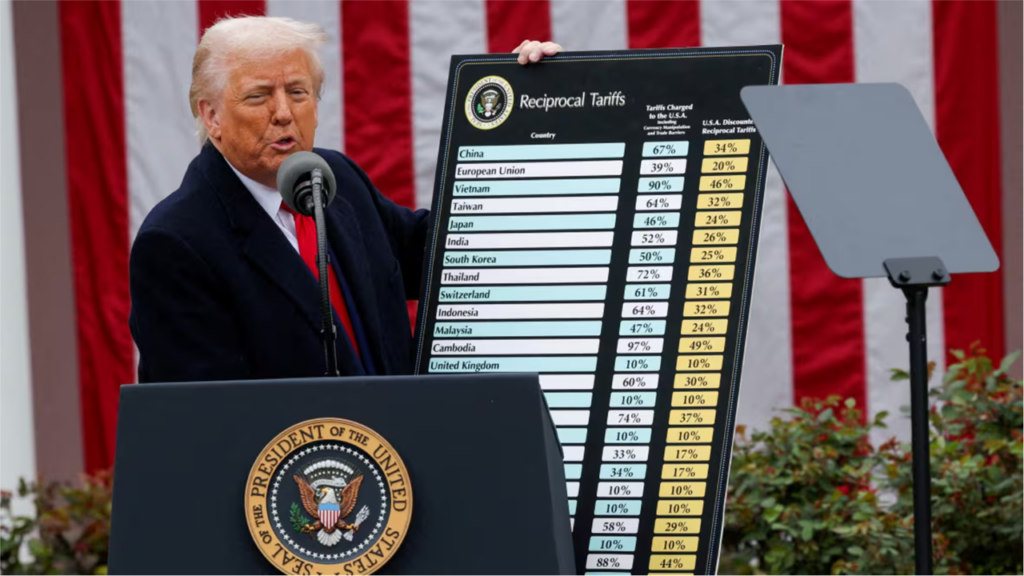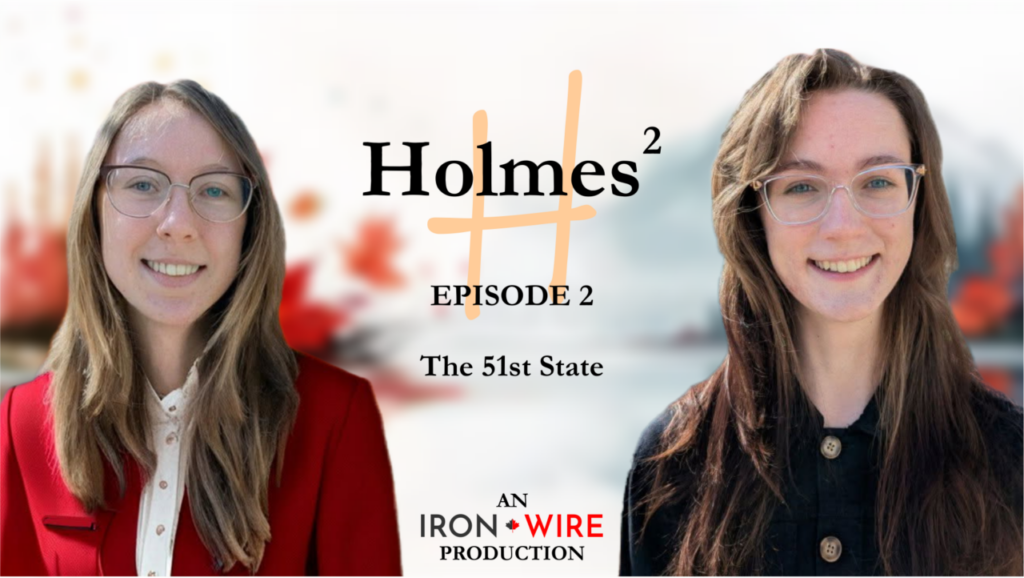US Uranium Production Hits Highest Level in 6 Years
The production of uranium in the United States registered a gain last year following several years of subdued output, according to the Energy Information Administration (EIA).
“Production in the fourth quarter of 2024 alone was higher than the total annual production for each of the years in 2019–23.”
Uranium concentrate is used as fuel for nuclear reactors. However, it must first be processed through conversion and enrichment facilities where the concentrate gets turned into fuel rods or pellets, which then power the reactors.
Production had crashed over the past decade. Between 2010 and 2014, the country produced between 3.5-5 million pounds of uranium concentrate. This fell to between 2-3.5 million pounds during 2015–2017.
In 2018, output dipped below 1.5 million pounds, falling to less than 500,000 pounds from 2019 onwards. Last year saw the declining trend reverse, with uranium concentrate production exceeding half a million pounds.
According to the EIA, prior to the 80, the United States had incentives and favorable trade policies in place to boost domestic uranium production. However, these policies ended in the 80s, leading to output declines.
“Other countries, such as Canada and Australia, have more accessible, high-quality uranium deposits, allowing them to produce U3O8 [uranium concentrate] at a lower cost than the United States,” the agency said. From the 1980s, imports of uranium concentrate started to surge.
The 2024 production increase in uranium concentrate “largely came from two in-situ recovery facilities, one in Texas and one in Wyoming, and the resumption of uranium production at White Mesa Mill in Utah, the only operational uranium mill in the United States,” the EIA said.
President Donald Trump has taken action to boost nuclear power in the United States.
Boosting Nuclear Power Use
Under the Trump administration, the Department of Energy has announced steps to strengthen the use of nuclear power in the country.
The department’s research and development efforts must prioritize reliable, affordable, and safe energy technologies, including nuclear power, the order said.
“The long-awaited American nuclear renaissance must launch during President Trump’s administration. As global energy demand continues to grow, America must lead the commercialization of affordable and abundant nuclear energy,” the order stated.
“As such, the Department will work diligently and creatively to enable the rapid deployment and export of next-generation nuclear technology.”
In October, Amazon said it signed contracts with Washington, Virginia, and Pennsylvania to build small modular reactors. The same month, Google announced plans to start buying nuclear power from several small modular reactors developed by Kairos Power.
In December, Meta said it intended to identify nuclear energy developers to “help us meet our AI innovation and sustainability objectives.”
For instance, a new data center takes 18 to 24 months to build. In comparison, small modular reactors or light water reactors can take six years.
However, the big advantage is that “once up, nuclear reactors perform well, with nuclear boasting the highest capacity factor across all energy sources,” the report said.
“The US nuclear power fleet ran at 93.1 percent capacity in 2023, according to the EIA, versus 33.2 percent for wind and 23.5 percent for solar. The utilization rate for natural gas power plants has hovered around 55 percent.”

















